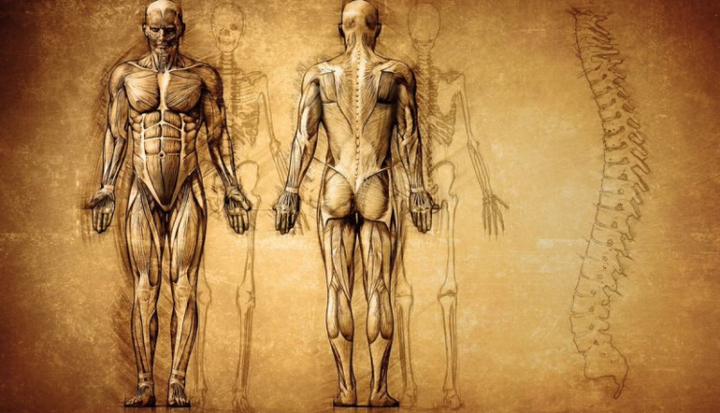Anthropology as a scientific discipline is a rare case of the existence of a subject and an object of research in one person, which is why many scientists who did not deal with anthropology proper, but in one way or another reflected or touched on human problems, made a certain contribution to the development of this science. So, if we turn to the works of Russian religious philosophers of the early 20th century and trace how often and comprehensively they studied a person from the point of view of Christian morality, then it would be advisable to talk about an independent section of the science of man – "Orthodox anthropology". V.S. Solovyov, N.A. Berdyaev, S.N. Bulgakov, S.L. Frank, I.A. Ilyin and others can be considered as representatives of the declared direction.
A special place among Orthodox anthropologists is occupied by Pavel Alexandrovich Florensky. This feature is determined, firstly, by the religious experience of the priest, who, on the one hand, is not devoid of mysticism, and, on the other hand, is focused on the fundamental foundations of Orthodoxy. Such a dichotomy leaves a certain imprint on the problem of man in the works of the philosopher. Secondly, Florensky is one of the few religious thinkers of this circle, in whose works the term "anthropology" directly sounds and even the name of its section – "philosophical anthropology", the task of which he formulates as follows: to reveal the consciousness of man as a whole, i.e. to show the connectivity of its organs, manifestations and definitions [Watersheds].
When referring to the title of the article, from all of the above, an unjustified horizon of expectations may follow: if an Orthodox priest writes about the human body, then it will certainly be about asceticism, pacification of the flesh, renunciation of earthly goods. But this is one of the features of Florensky’s worldview that he never separates the spirit from the flesh, but, on the contrary, focuses on spiritual perfection through the perfection of the body: “If you think about the body naturalistically, then it cannot at all and in nothing be the metaphysical structure of the spiritual organism, and then in the next century all of it, in whole and in part, is not needed: all organs then deserve to be cut off and as “flesh and blood of the Kingdom of God they will not inherit", but if “the body is thought symbolically, then all of it, in all its details, clearly shows the spiritual idea of the human person,
With such a fusion of spirit and flesh, a person appears to Florensky as a microcosm, which "is a small image of the macrocosm, and not just something in itself." (Watersheds). As a consequence of this, the task arises to “deduce man from the basic definitions of his being, from his idea” (Watersheds). "Deduction" of the body Florensky does in two ways.
The first way: tracing the homotype of the "upper and lower poles" of the human body, where "the bottom of a person is, as it were, a mirror image of his top." “Organs, bones, circulatory and nervous systems, even diseases of the upper and lower poles and the action of medicines turn out to be polar conjugated” (Pillar).
The second way of deduction follows from the first: if there are two poles, then there must certainly be a center of the microcosm, its “middle part”, “the root of the unity of the body” (Pillar), which creates an integral system of the organism. Depending on the type of culture, various parts of the body can claim the role of such a center.
The abdomen, in which "nutritious and reproductive functions are concentrated." This is characteristic of "the mysticism of the orgiastic cults of antiquity and modernity, and partly of Catholicism" (Pillar).
The head as the "life of consciousness" is the center (Pillar) in the mysticism of yoga, transferred from Eastern countries to European soil by Theosophists.
The chest is an area of "feeling" that can develop only in the "fertile environment of the church" and, therefore, is treated as a center in Orthodox culture. (Pillar). In turn, the heart was considered the center of the chest since ancient times. This organ has a sacred meaning, because “purification of the heart gives communion with God, <…> spreading throughout the personality and penetrating it, the light of Divine love illuminates the border of the personality, the body, and from here it radiates into the nature external to the personality” (Pillar).
Thus, the bodies of people and any other living beings are a kind of membranes that can merge and let the Divine light through, forming a single Cosmos.
I would like to hope that this article once again managed to prove the exclusivity of anthropology as a comprehensive discipline that studies a person, an integral part of which are the views of Russian religious philosophers.
